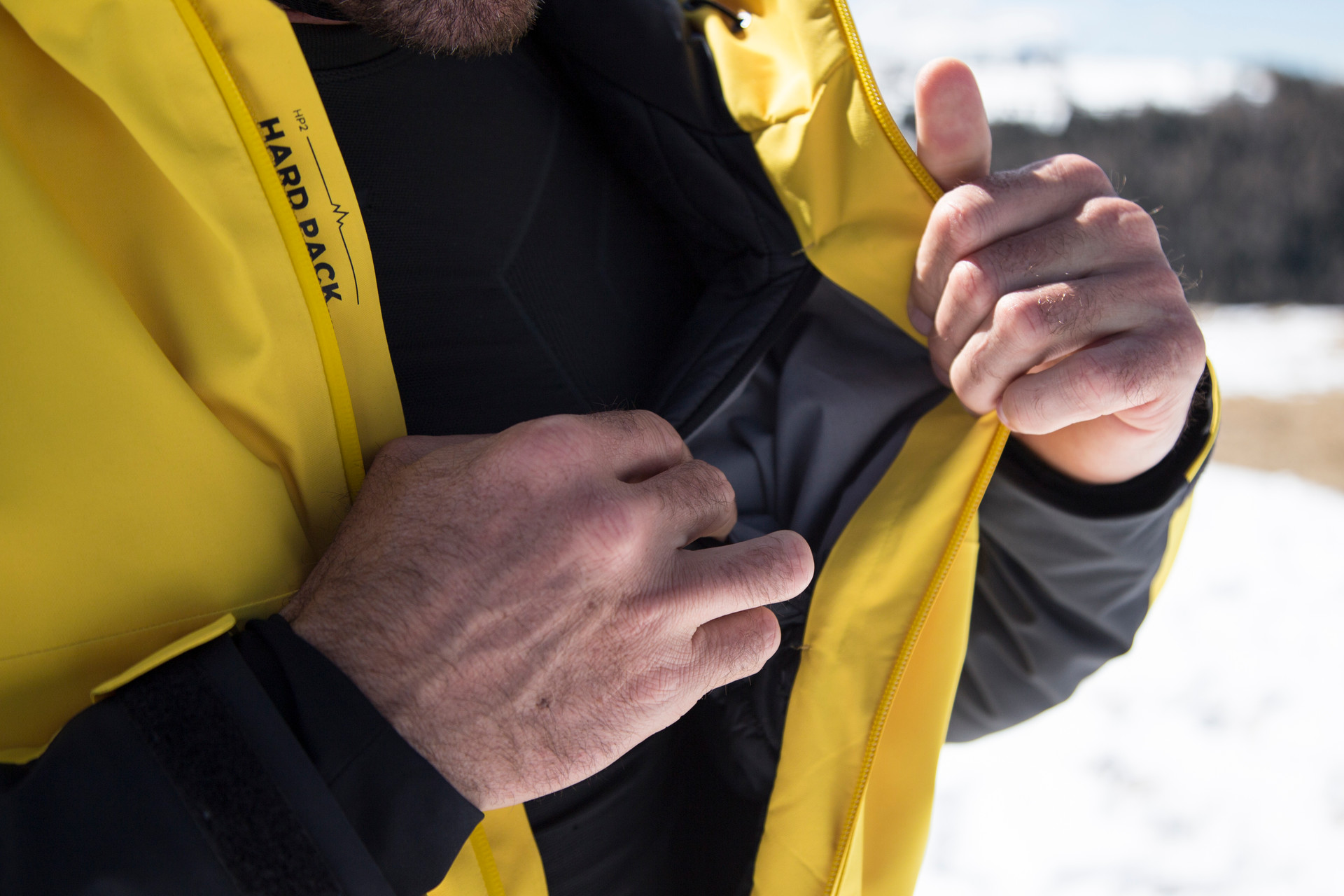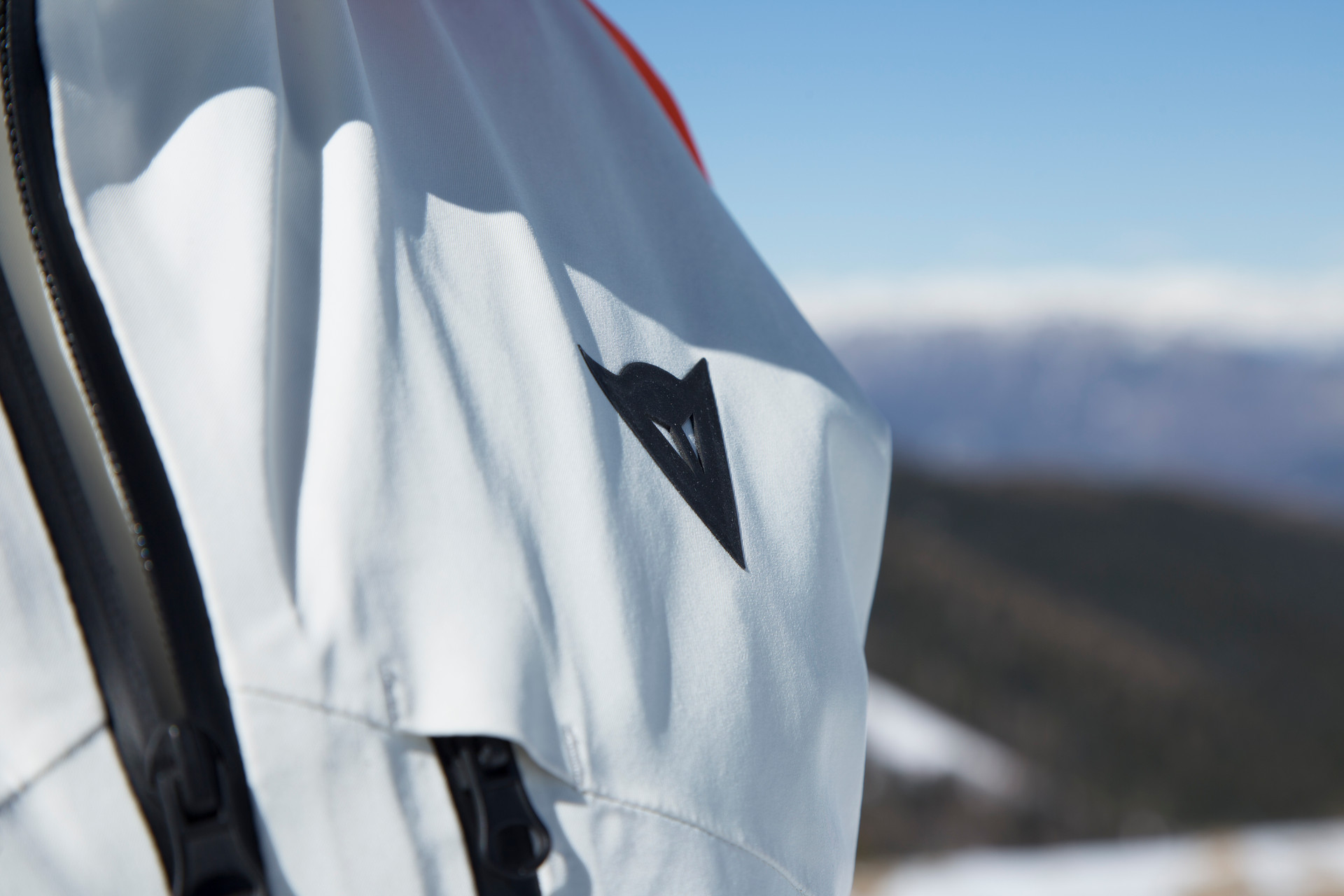Sooner or later, the season ends for everyone. Unless you’re die-hard summer skiers, when it gets warmer the time comes to put the suit that saw you through the whole winter back in the closet.
Before shutting the jacket in the dark for months, it’s a good idea to look after it so that it stays in the best condition, bad odors are avoided and it’s ready for the next season.
Ski jackets and pants are made out of technical and technological fabrics with various properties, including insulating capacity, breathability, water-repellency, elasticity and resistance to tears and abrasion. They have a particular composition that means they need extra care when washing.
Here are ten tips for washing a ski jacket properly, so that it maintains maximum material performance and there’s no risk of damaging the membranes so that they perform just as well.
1 - Hand-washing
Forget about the washing machine or dry cleaning. Good old hand-washing is the safest and best solution for this type of clothing. Use one dose of normal laundry detergent and wash in lukewarm water, at about 85°F (30°C).
2 - Turn it inside out
It’s a good idea to turn the clothing inside out to wash it properly from both sides, so that the inner membrane, which has more contact with the body during sport, gets the best clean as well.

3 - Rinse really well
Start with one rinse, then rinse again. You need to make sure that the clothing is completely free of detergent before leaving it to dry. Leftover detergent could trap water, ruin the fabric and negatively affect the waterproof properties of the membrane.
4 - No softener, thanks!
The specific composition of commercially available softeners may compromise the DWR water-repellent treatment on the clothing’s outer membrane. It’s better not to use it. On the snow, it’s not softness that counts.
5 – An important step: drying
Mold can damage clothing if it isn’t dried properly, going on to cause bad odors. It’s a step not to be underestimated, as important as the washing itself.
6 - Don’t use the dryer
Keep that jacket away from the dryer, just like the washing machine. Adhesive and transfers may become detached. The high temperatures and tumbler do the technical materials of ski jackets no favors.
7 - No wringing out
Again, twisting the clothing risks damaging the membranes, as well as causing potentially permanent creases.

8 - Dry away from heat sources
Leave your clothing in a dry, well-ventilated area, away from heat sources like radiators and fireplaces. Be patient. Let it drip-dry completely, opening all the zips for the best air circulation. This can take a long time. It may be many hours before all the padding is completely dry, but it’s worth it. Besides, you won’t be planning on using it anytime soon if you’ve just washed it.
9 - Put it on a hanger
Putting the clothing on a hanger makes for the best position, keeping its natural shape and avoiding the formation of unwanted creases, which could even be permanent if kept in the same position for a long time.
10 - Be careful not to wash it too often!
Very frequent washing will wear out the technical membranes faster and may mean that the clothing’s best performance is no longer available. Washing your jacket once or twice a season is more than enough to keep it clean and not risk it getting spoiled ahead of time.
Washing technical clothing is never something to take for granted. The modern technologies applied to the materials are highly advanced, and incorrect treatment that doesn’t follow the manufacturer’s instructions may stop it working as it should. Follow these simple tips to make sure you keep your suit in perfect working order and take care of every detail of the clothing that protects you from cold and snow for the whole winter.
If you have any questions, anything you need clearing up, please get in touch with our consumer care directly. You can write to us here: https://www.dainese.com/it/it/dainese/contact-us/contact-dainese.html